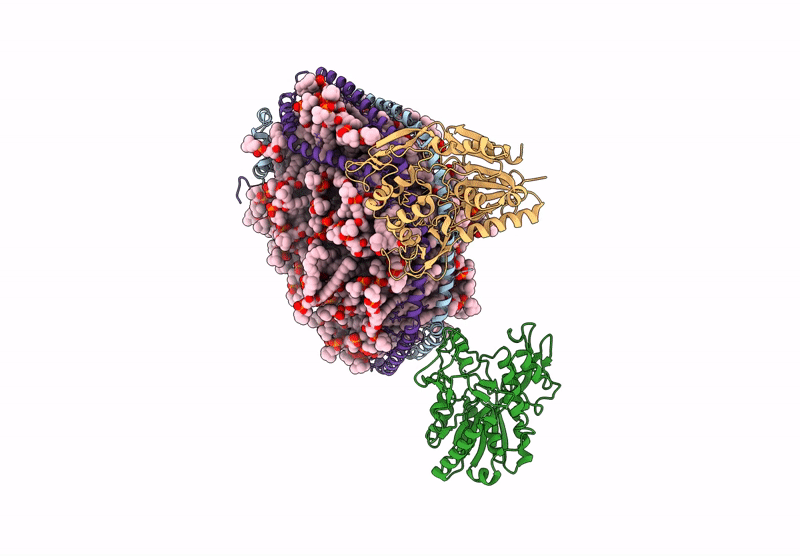
Deposition Date
2025-01-21
Release Date
2025-04-02
Last Version Date
2025-05-07
Entry Detail
PDB ID:
9MXZ
Keywords:
Title:
Lecithin:Cholesterol Acyltransferase Bound to Apolipoprotein A-I dimer in HDL
Biological Source:
Source Organism:
Homo sapiens (Taxon ID: 9606)
Host Organism:
Method Details:
Experimental Method:
Resolution:
9.80 Å
Aggregation State:
PARTICLE
Reconstruction Method:
SINGLE PARTICLE


